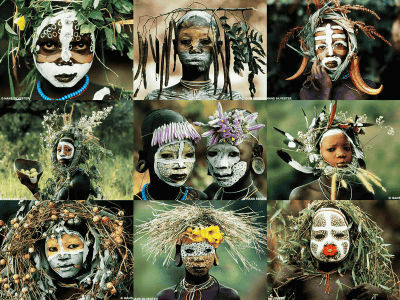From ancient Egyptian wigs to modern side cuts, movies that understand the history of hairdresses popular all over the world in 2 minutes

A movie that summarizes the history of the hairstyle of the 20th century by animationContinuing from the 3,200 BC to the present, the history of hairstyles over 5000 years aggregated "A Visual History of Ancient Hairdos (and Don'ts)"Has been released.
A Visual History of Ancient Hairdos (and Don'ts) - YouTube
It was discovered from the small statue of the time that knitting hair existed from the Paleolithic age of about 30,000 years ago. In Egypt around 3200 BC, we attached wigs that knit human hair and hemp threads, and were colored with hair bands and beads.

"Ringlet" which a man stretched hair and wrapped fine was made around 2000 BC.

The hairstyle whose Hindus male raised the hair other than the head from the head to the head is "deer".

One of the ethnic minorities in ChinaMiaoThe hairstyle is characterized by a huge attachment which knitted rope hair, hair which inherited the ancestral hair and ancestral ages. In modern times, a dyed system and a hemp knitted linen are used, and the weight isThe average is 2 kg as well.

In ancient Greece of the 9th century BC, a style in which a woman puts his hair together at the occipital region and decorates with a ribbon or the like is popular.

In Rome, the hairstyle is decided by the kind of ritual, and brides andWester's maidenThe hairstyle was what was called "seni crines" where braids overlapped many times.

Orthodox Jewish male hairstyle "Payot"Is a hair style that extends hair from the front of the ear to the chin. It is written in the Leviticus of the Old Testament that "You should not shave off the hair of your head (bottle)", and Peioto has been inherited from around the 7th century BCE to the present age.

In the Chinese dynasty · Qin around the 3 rd century BC, men did not cut their hair, and connected the whiskers at the top of the head,crownThere was a habit of wearing.

In Rome of the 1st century AD, the style where a woman curled her forelock using a charcoal-fired burning sandwiching hair on the forehead was fashionable.

The style of a woman's hair style of China, North and South morning era is a style that summarizes long hair in a large dumpling type.

A hairstyle where men tied their long hair to a ponytail at the top of the head was around the 9th century.

Clerics round off as discipline "TonslaIs seen in Christianity, Buddhism, Hinduism, etc. In particular, the monks of the Catholic Church, along with their heads, leave their surrounding hair in a honey-tinged shape, and the head when Jesus was crossed It imitated "crown of thorns" which was said to have been covered over.

"Hair lock" is a hairstyle whose bangs are stretched like mane mane.

MongolianHaruhaMarried women are wearing hair ornaments made of jewelry such as silver, coral, turquoise, etc. in a unique hair style like a thick twin tail. Appear in "Star Wars"Queen AmidalaIt seems that costumes are made with reference to Haruho women.
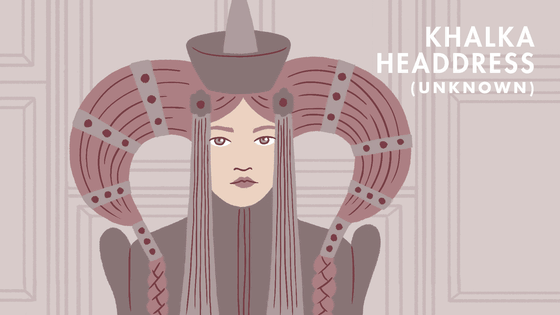
In the Joseon Dynasty around the 14th century, a married woman was a hairstyle wrapped in a braided hair around his head called "Onjun Mori". However, to be prohibited on the grounds that it is "too gorgeous" later.

In medieval Europe, hair style "cornet" which pigeon was connected like horn at both ends of face is prevalent.

A woman's hairstyle in the Renaissance period is a hair shaped like two corners on the head.
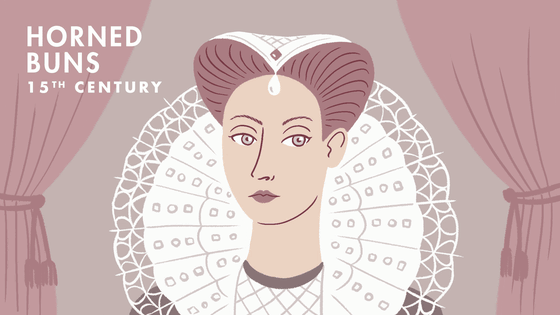
Native AmericansMohawksIt was a hairstyle called "Mohawk harvest" which warps both sides of the head and leaves only the central hair, so that the hair does not get in the way when shooting the bow. Based on this Mohawk harvest, in the 1970s with punk fashionMohawk cuttingIt was popular.
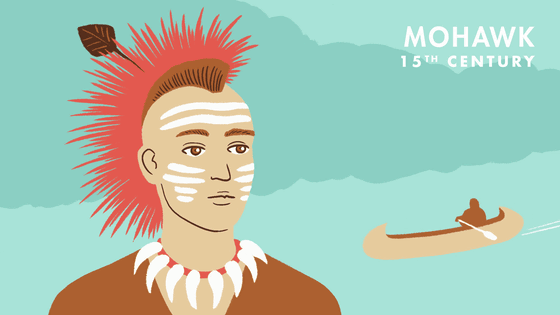
The hairstyle in the age of the great voyage is the one which expanded the hair roundly, extended the beard and divided into two branches.
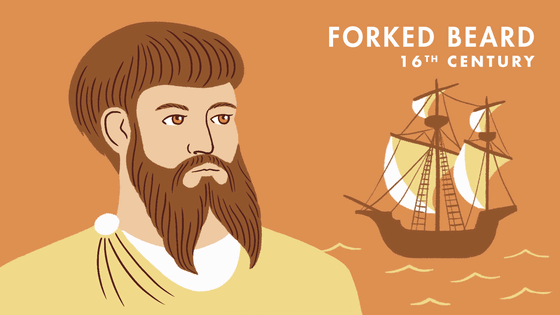
"pigtail(Benpetsu) "is a hair style in which hair lying in the back of the head is tied in long braids to keep the head from steaming when people living around Mongolia wear heads.
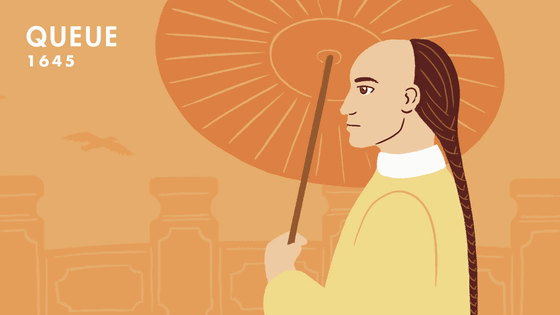
Africa·HimbaThe women paint the red soil on the body and hair, and the hair is gathered in a bundle of many as dread hair.
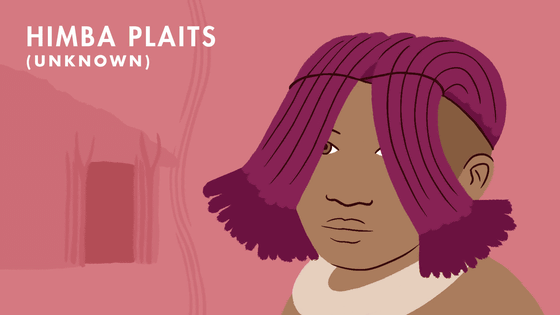
I also live in AfricaMaasaiThe hairstyle is the one that connects the forelock by tying the bangs at the center of the forehead and the left and right three places, and the back hair is extended long and joined.
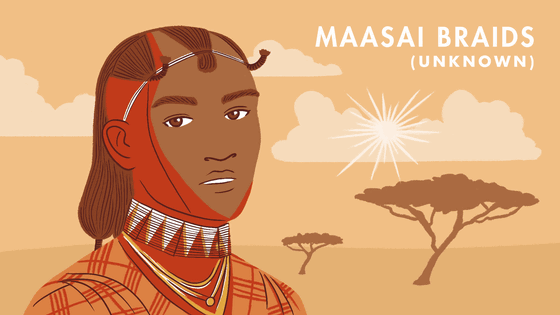
"Shimada Ko", which appeared in the early Edo period, began with "huge young man" who was originally a minor boys' hairstyle, arranged by women for women.
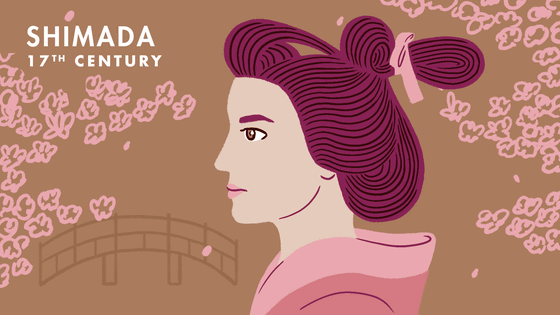
The male hairstyle of the Edo era is "Chomimate" which dipped his hair from the forehead to the top of the head and connected the rest of the hair.
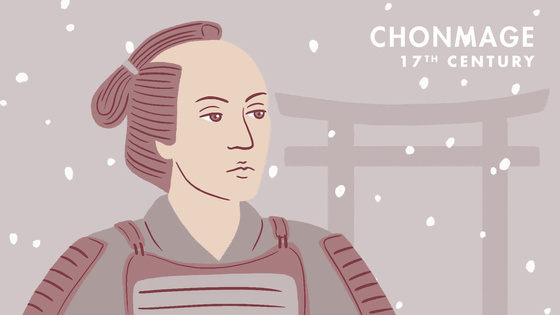
Native AmericansHopi tribeA woman has a hairstyle shaped like a butterfly.
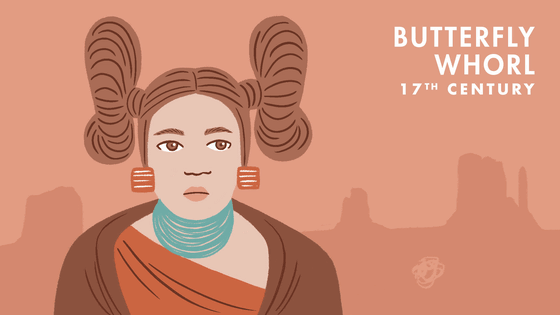
From the 17th century to the early 19th century, a nobleman male used long hair wigs in Europe.
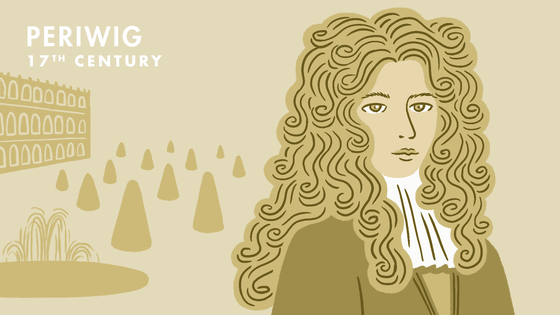
Also in the 17th century, a hairstyle named "hurluberlu" appeared in which a woman makes her hair short curl.
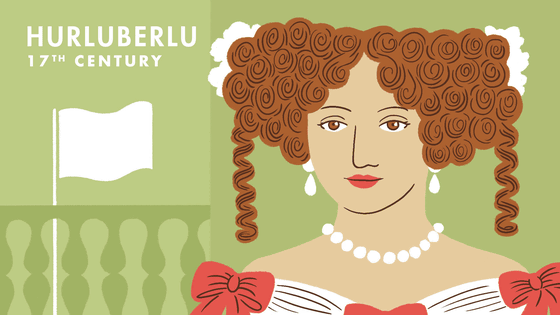
A woman puts a core in the inside of her hair and plumply raised the circumference, "Pouf" was popular in the 18th century.
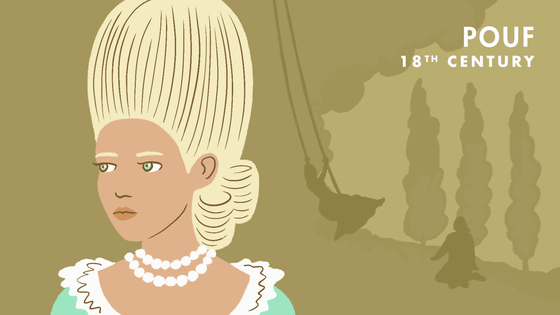
In England in the 18th century, men wore white wigs and wore a hair style in a silk bag and had a hairstyle called "bag wig".
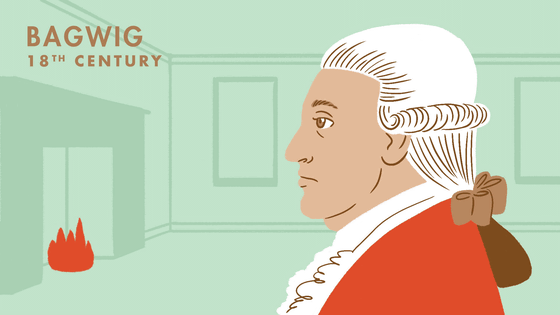
In the early 19th century, the style called "Apollo Knot" which is knitted or twisted with wires and decorated with a high raised above the head is prevalent. A famous beautician, Croissa of the time inventedIt is said.
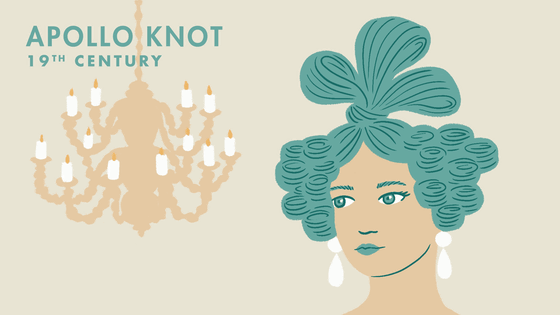
The "dandori arie" which became fashionable from 1840 to 1870, which expanded sideburns and beards, was a trilogy performed in the United States in 1858Our American CousinIt is a character ofSir Dandori ArriIs the origin of the name.
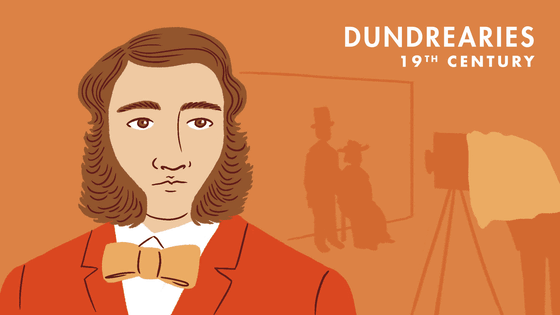
And in 2015, "side cut" which trims the temporal hair shortly, such as on the ear, is prevalent.
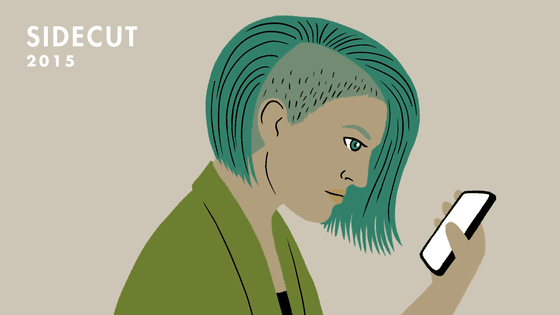
Related Posts:
in Video, Posted by darkhorse_log



